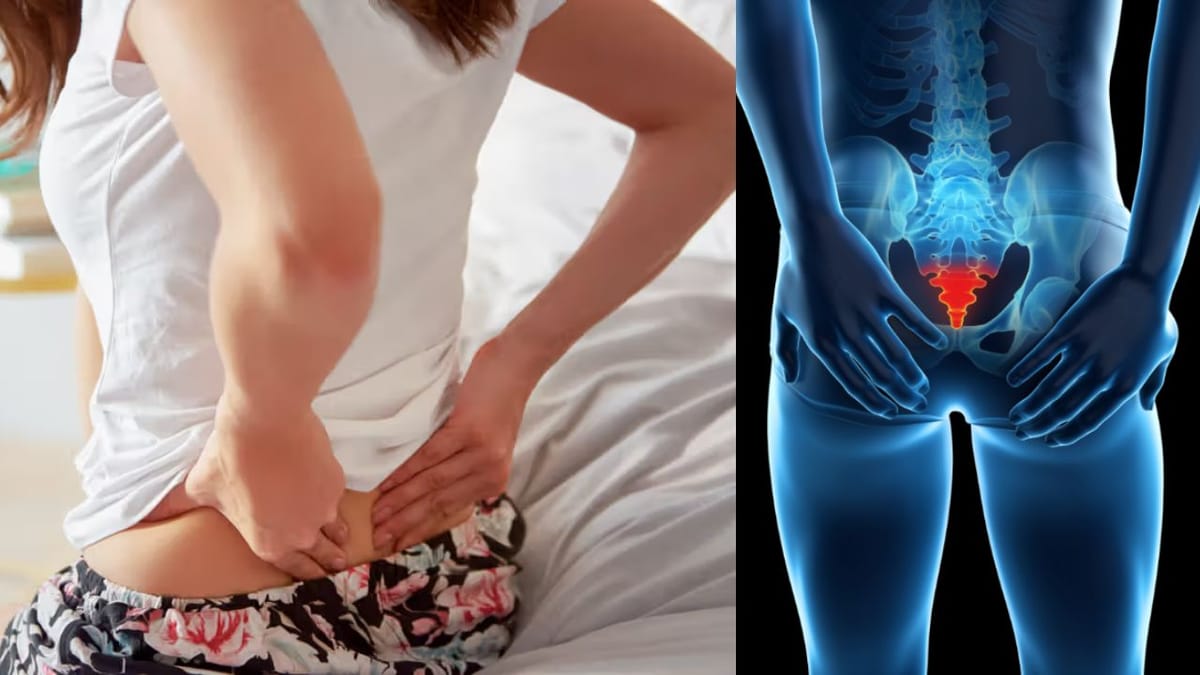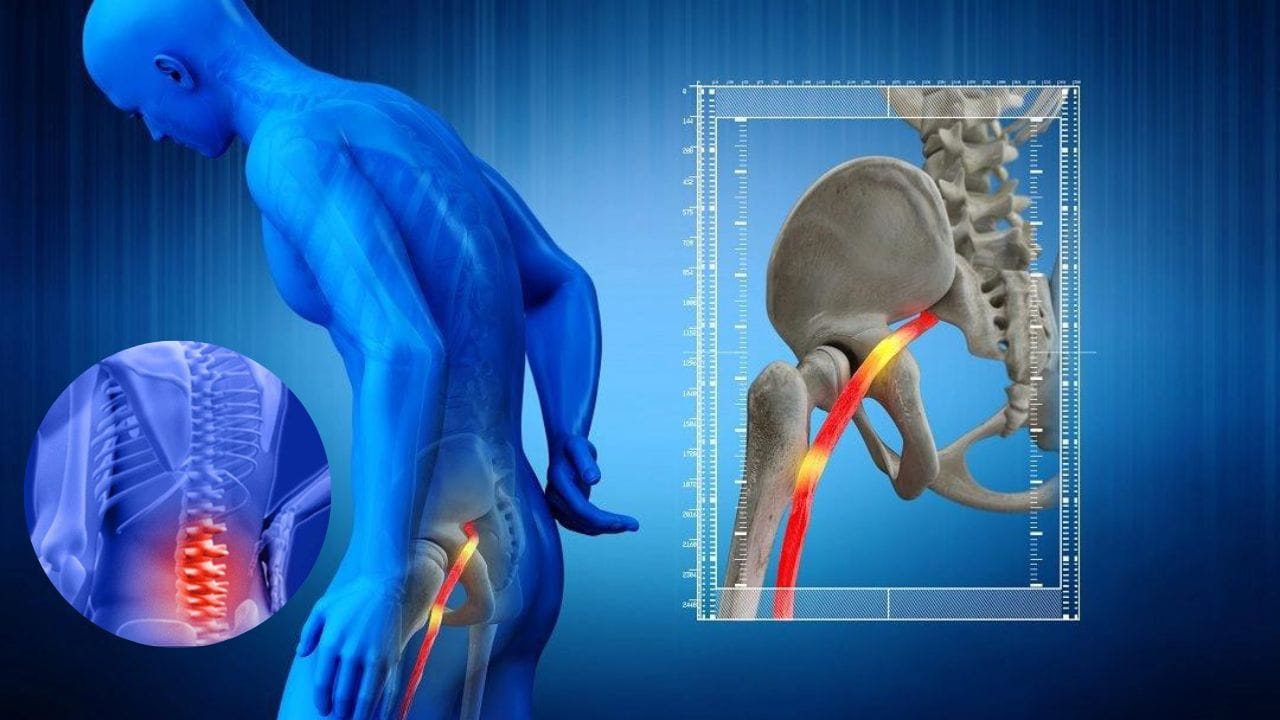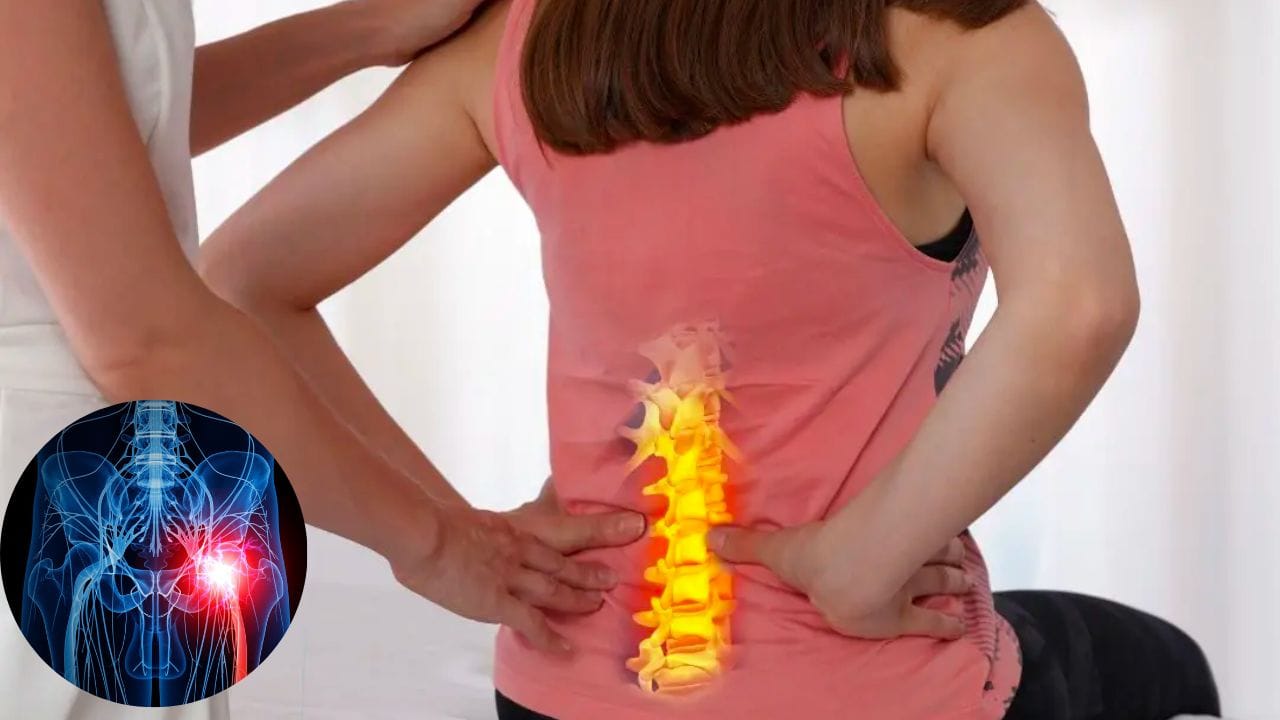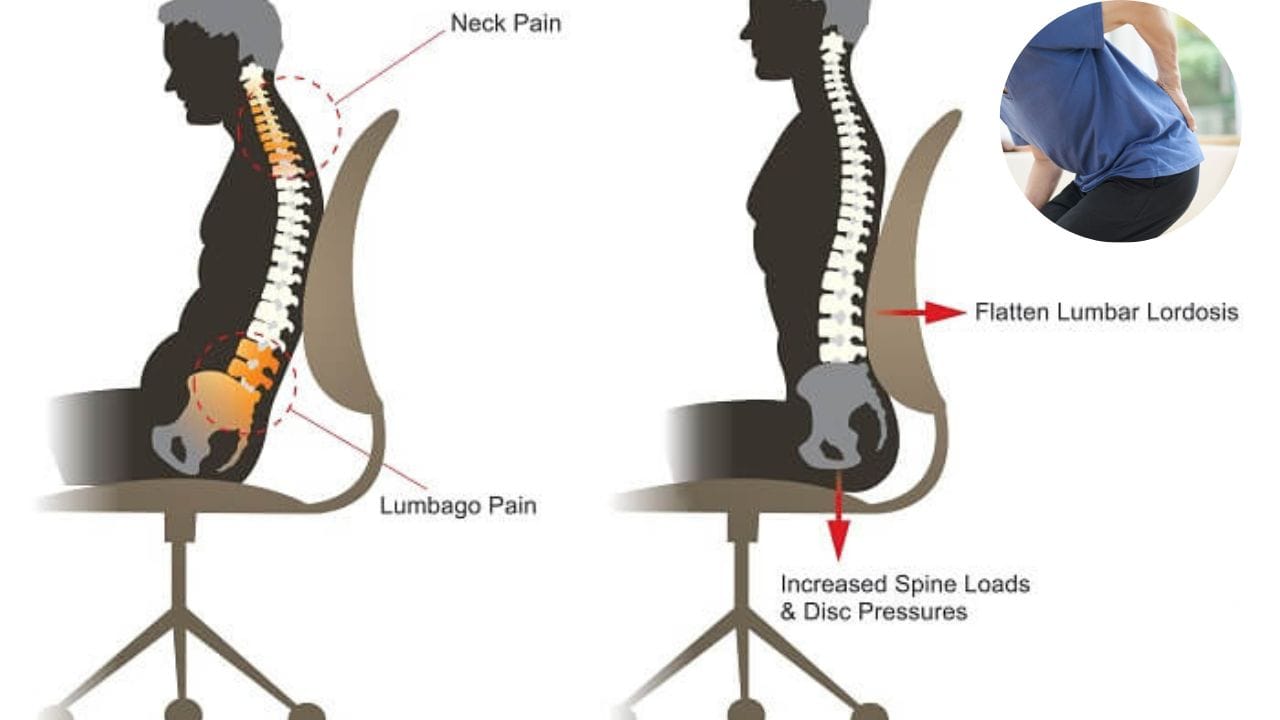Problems with Coccyx Pain - Causes, Symptoms & Solutions
Understanding the underlying causes, exploring ergonomic solutions, and incorporating targeted exercises can help manage and alleviate issues associated with coccyx pain.

Coccyx pain, often referred to as tailbone pain, can be a persistent and debilitating condition that affects daily activities and quality of life. This comprehensive guide aims to shed light on the various aspects of coccyx pain, from causes and symptoms to treatment and management strategies.
Key Takeaways
- Coccyx pain, or tailbone pain, is a condition that can arise from various causes, including injury, prolonged sitting, and degenerative joint changes.
- Treatment options for coccyx pain range from self-care practices and physical therapy to medication and, in severe cases, surgery.
- Preventative measures, such as using proper seating and maintaining good posture, can help reduce the risk of developing coccyx pain.
What is Coccyx Pain?
The coccyx, or tailbone, is the small bone at the base of your spine. Coccyx pain, also known as coccydynia, is discomfort in this area that can range from mild to severe.

It's a condition that can make sitting and various movements uncomfortable or even painful. While the exact cause of the coccyx is hard to determine, it's often caused by injury or trauma to the area.
Causes of Coccyx Pain
Coccyx pain can result from several factors. A direct impact, such as a fall onto the tailbone, is a common cause. Repetitive trauma or prolonged sitting, especially on hard surfaces, can also lead to discomfort. In some cases, the origin of coccyx pain is unknown, which can be particularly frustrating for sufferers.
Symptoms to Look Out For
The primary symptom of coccyx pain is a localized ache at the base of the spine, which can intensify when sitting or with any activity that puts pressure on the tailbone. Some individuals may also experience pain during bowel movements or sexual intercourse, and discomfort can radiate to the legs or buttocks.
Diagnosing Coccyx Pain
To diagnose coccyx pain, a healthcare provider will typically perform a physical examination and review the patient's medical history. In some cases, imaging tests such as X-rays or MRI scans may be necessary to rule out other conditions and confirm the diagnosis.
Treatment: Home Remedies
Many individuals find relief from coccyx pain through home remedies. Applying ice or heat to the affected area can reduce inflammation and discomfort.

Over-the-counter pain relievers may also help manage pain.
The Role of Physical Therapy
Physical therapy can be an effective treatment for coccyx pain. A physical therapist may use techniques such as manual manipulation, stretches, and strengthening exercises to alleviate pain and improve mobility.
Medications and Injections
When home remedies and physical therapy are not enough, medications such as NSAIDs can be prescribed to reduce inflammation and pain. In some cases, corticosteroid injections may be recommended to provide more significant relief.
Considering Surgery
Surgery for coccyx pain is typically considered a last resort when other treatments have failed. The procedure, known as coccygectomy, involves the removal of the coccyx. It's a serious decision that requires thorough discussion with a healthcare professional.
The risks and benefits should be carefully considered before undergoing surgery.
The Impact of Posture
Maintaining proper posture is crucial in preventing and managing coccyx pain.

Slouching can put additional pressure on the tailbone, so it's important to sit with the back straight and shoulders back. It's also helpful to invest in a good-quality seat cushion that supports the tailbone and provides adequate lumbar support.
Ergonomic Seating Solutions
Using ergonomic chairs or cushions specifically designed to relieve tailbone pressure can make a significant difference for those with coccyx pain. These products often have a cut-out area at the back to reduce stress on the coccyx.
Exercises for Coccyx Pain
Certain exercises can help alleviate coccyx pain by strengthening the muscles around the tailbone and improving flexibility.

Pelvic floor exercises and gentle stretching can be particularly beneficial.
The Importance of Nutrition
A balanced diet rich in anti-inflammatory foods can support the body's healing process and potentially reduce coccyx pain. Foods high in omega-3 fatty acids, antioxidants, and vitamins can contribute to overall joint health.
When to See a Doctor
If coccyx pain is severe, persistent, or accompanied by other symptoms such as fever or unexplained weight loss, it's important to seek medical attention. A healthcare provider can help determine the underlying cause and appropriate treatment.
Alternative Therapies
Some individuals explore alternative therapies such as acupuncture or chiropractic care for coccyx pain relief. While these treatments can be effective for some, it's important to consult with a healthcare provider before starting any new therapy.
The Psychological Effects of Chronic Pain
Chronic coccyx pain can have psychological effects, including depression and anxiety. Addressing the emotional impact of pain is an important aspect of comprehensive treatment.
Coping Strategies for Coccyx Pain
Developing coping strategies, such as relaxation techniques and stress management, can help individuals manage the day-to-day challenges of coccyx pain. Support groups and counseling may also provide additional support.
Preventing Coccyx Pain
Preventative measures, such as avoiding prolonged sitting, using proper seating, and engaging in regular exercise, can help reduce the risk of developing coccyx pain or prevent it from worsening.
Summary
Coccyx pain is a condition that can significantly impact an individual's life, but with the right knowledge and treatment strategies, it can be managed effectively. From home remedies and physical therapy to medications and surgery, there are various options available to those suffering from tailbone pain. It's important to maintain good posture, use ergonomic seating, and consider preventative measures to minimize discomfort. If you're experiencing persistent coccyx pain, consult with a healthcare provider to explore the best treatment plan for your needs.
FAQs
Q: Can coccyx pain go away on its own?
A: In some cases, coccyx pain may resolve on its own, especially if it's caused by a minor injury. However, if the pain is persistent or worsening, it's important to seek medical advice. In most cases, coccyx pain can be effectively managed with a combination of treatments.
Q: How long does it typically take for coccyx pain to heal?
A: The healing time for coccyx pain can vary widely depending on the cause and severity. Some people may experience relief within a few weeks, while others may have symptoms for several months or longer.
Q: Are there any specific exercises I should avoid if I have coccyx pain?
A: Yes, if you have coccyx pain (tailbone pain), certain exercises and activities can aggravate your condition and should be avoided or modified until your pain improves. Here are some to watch out for:
- High-impact exercises
Activities like running, jumping, or intense aerobics can put undue stress on your lower back and tailbone, potentially worsening the pain. - Prolonged sitting exercises
Exercises that involve prolonged sitting, such as stationary cycling or rowing, can place pressure directly on your tailbone and aggravate the pain. - Sit-ups and crunches
Traditional sit-ups, crunches, or any exercise requiring you to lie on your back and engage your core can press on the coccyx and worsen discomfort. - Heavy lifting with improper posture
Lifting weights without proper posture or support can strain your lower back and affect the tailbone area. - Yoga poses with direct tailbone pressure.
Certain yoga poses, such as Boat Pose (Navasana) or poses requiring prolonged sitting on the floor, can be uncomfortable and exacerbate coccyx pain.
Tips for Exercise with Coccyx Pain:
- Focus on low-impact activities like walking, swimming, or light stretching.
- Use a cushioned mat or coccyx cushion for support during floor exercises.
- Listen to your body and stop any activity that causes discomfort.
Consult with a healthcare professional or physical therapist before starting or modifying an exercise routine to ensure your coccyx pain is managed effectively.
